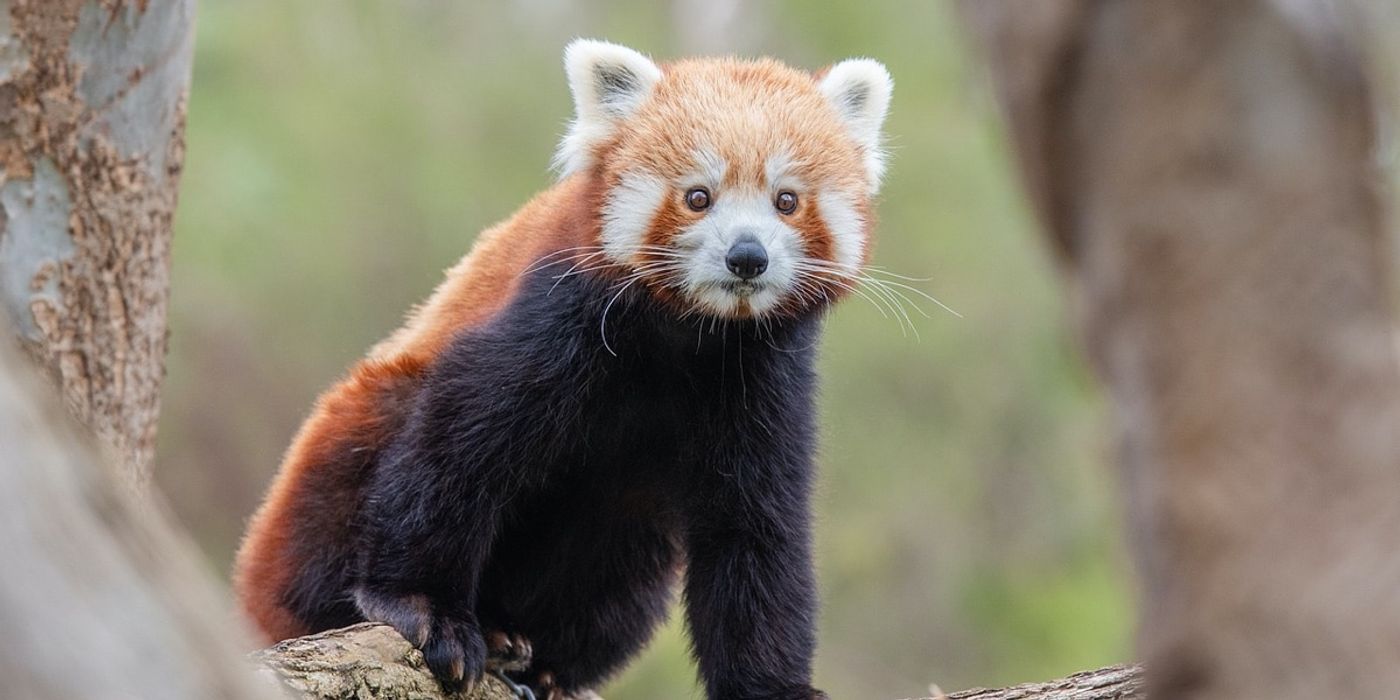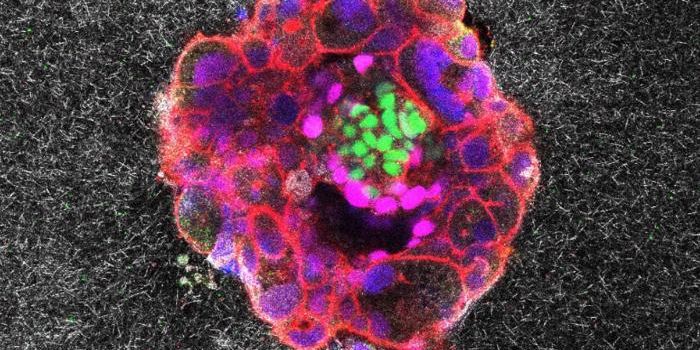Are There Actually Two Distinct Red Panda Species?
Despite their rather conspicuous name, red pandas are nothing like the more widely recognized black and white giant panda. The former are members of the family that racoons and weasels reside in, while the latter are a type of bear. Despite this difference, however, both of the aforementioned pandas have a particular taste for bamboo. As such, they reside in distinct parts of Asia where bamboo supplies remain plentiful.
What we didn’t know, however, is that the modern-day red panda could actually be comprised of two entirely different species scattered throughout three separate populations. News of the novel findings, made possible with careful genetic analyses, were published just this past week in the journal Science Advances.
Image Credit: Pixabay
While it was long known that there were distinct cosmetic differences between red pandas residing on the East side of the Nujiang River and those residing on the West side, those differences were never impactful enough to justify a branching of species. Instead, scientists categorized them by subspecies, with those on the East side being dubbed Chinese red pandas and those on the West being called Himalayan red pandas.
A new genetic analysis, however, indicates that there are two distinct different species of the red panda (not subspecies) and that the boundary between the two isn’t the Nujiang River, but could instead be the Yalu Zangbu River to the West. If true, then this could have serious implications for conservation efforts involving the red panda going forward.
Related: Injured red panda nursed back to good health by veterinarians
The International Union for Conservation of Nature (IUCN) classifies the current single-species red panda as endangered. The latest findings, however, would mean dividing the number of known red pandas into two smaller groups of species. What this then implies is that each individual red panda species would need to be categorized as critically endangered given just how many of each there actually are.
To make matters worse, conservationists recognize that the continuous interbreeding between the two species could impurify the genes that make each one unique. That said, an important question arises – do conservationists allow the two species to continue interbreeding until only one of the same species exists, or should efforts be made to preserve both distinct species?
The latter option might seem like the most logical choice at first glance, but given that the two species are collectively declining, some conservationists argue that the interbreeding could be the only way for the two species to ensure each other’s survival. Any efforts to preserve the species individually could potentially backfire, especially if one moves closer to extinction than the other.
While it is indeed a tricky situation, one good thing we can gather from it all is that we are finally aware that there are two distinct species of the red panda. This knowledge wouldn’t have been possible without modern advances in the genetic sector of science technology. All we can do now is hope that the distinction was caught early enough for conservationists to do something about each species’ deteriorating situation.
Source: Phys.org, Science Advances, IUCN









